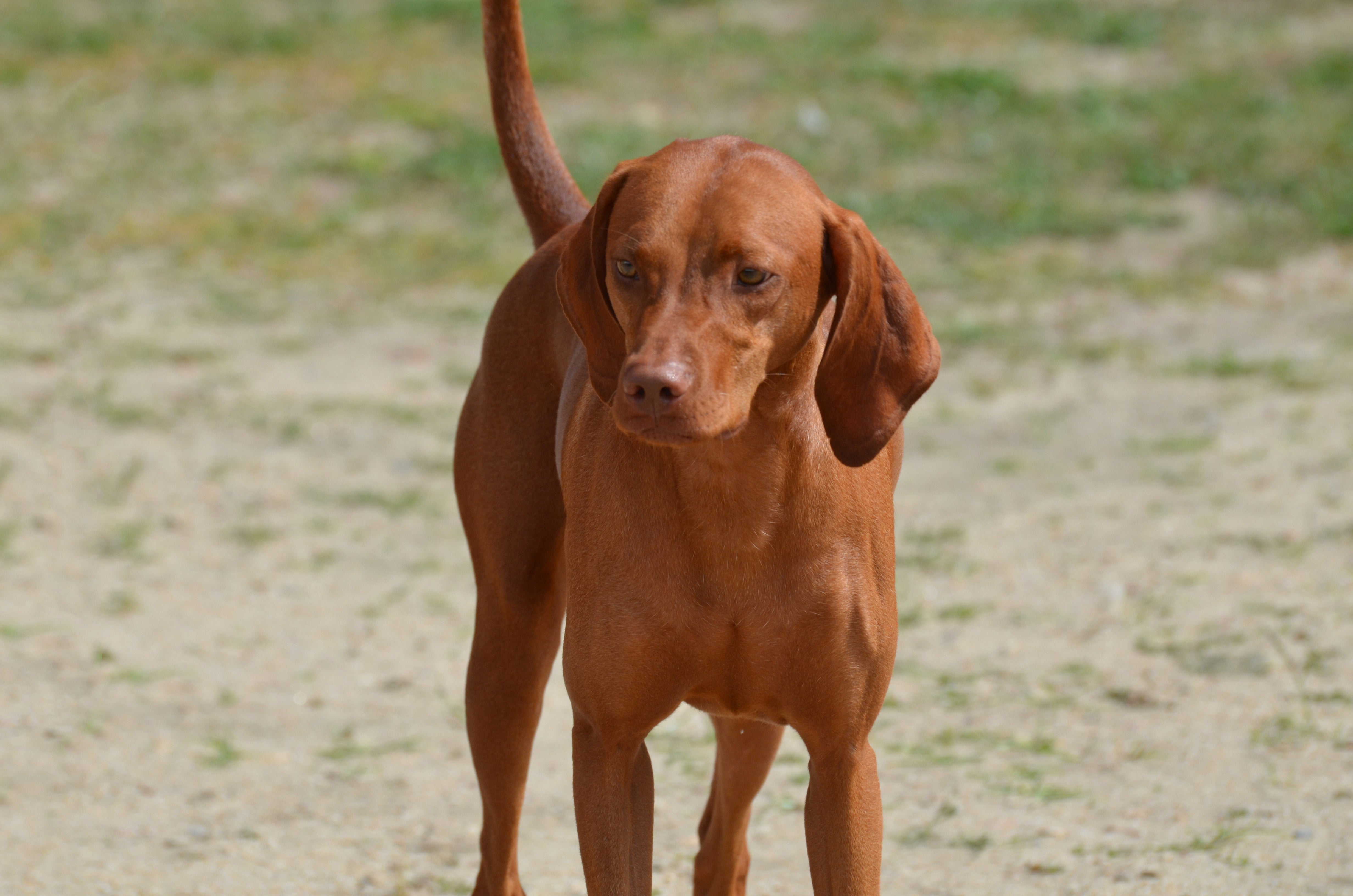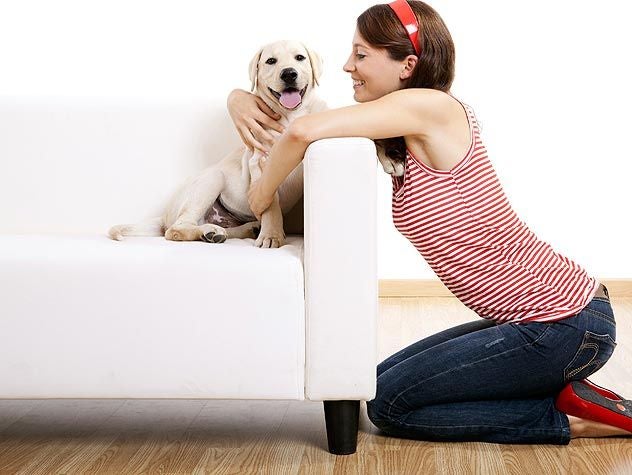Redbone Coonhound
American through and through, the Redbone Coonhound is a gentle, affectionate, and mellow dog that is easygoing at home but ready for action once outside. They love vigorous exercise and robust outdoor activities like swimming and hiking. Big, brown eyes give a pleading expression and ears hang low to the nose. They are sure-footed and confident dogs.
Breed characteristics carousel
Learn More
Need to Know
- Dog suitable for owners with some experience
- Extra training required
- Generally healthy breed
- Enjoys vigorous walks
- Large dog
- Have strong hound-like instincts
- Requires frequent grooming
- Chatty and vocal dog
- Barks and alerts to visitors/anything unusual
- Generally friendly with other dogs
- May need additional training to live with other pets
- Great family dog
- Needs a large yard, in suburban or rural areas
- Can be left alone occasionally with training
- AKC Registered Breed

Personality
Affable dogs, the Redbone Coonhound is the embodiment of the phrase “no worries.” They love to be with their families but aren’t the type to climb into your lap or follow you around like a shadow. They love to please their owners but might not be thrilled to train just for training’s sake. If you involve them in scent work, however, they’ll be thrilled.
Scottish immigrants brought Red Foxhounds to America in the late 1700s forming the foundation for the Redbone Coonhound breed and many others. The dogs were mixed with Red Irish Foxhounds and were sometimes called Saddleback dogs because they were red with black saddles. Color was prioritized for several generations, resulting in the striking red color we see today. They became known as Redbone Coonhounds thanks to Peter Redbone, a promoter of the breed, and not their coat color.
Redbone Coonhound dogs do best with owners who are highly active and enjoy an outdoorsy lifestyle. Patience, consistency, and a good sense of humor for dealing with a high-energy and vocal dog are necessary.
Energetic and ready to play or run, the Redbone Coonhound loves being physical. They make good companion dogs for runners, bikers, or hikers. Scentwork in a controlled environment can help mentally exhaust them, as can enrichment, games, and puzzles.
The Redbone Coonhound needs space to roam and play, preferably in suburban or rural areas.
The striking red coat of the Redbone Coonhound breed is short and smooth. It’s low-maintenance but does shed, so a shedding tool or grooming mitt can help keep loose or dead hairs off your floors and keep the coat shiny.
Early socialization to give the Redbone Coonhound confidence is a good idea. They can become devoted and trustworthy family dogs with the right training and socialization. The Redbone Coonhound dog does howl, so a “quiet” command should be a focus.
Gentle and trustworthy, the Redbone Coonhound does make a good family dog, especially for families with older children who can participate in activities with them.
The cost of a Redbone Coonhound from a breeder is significantly more than the cost of adopting one from a local shelter or rescue. The adoption fee usually covers additional items such as spaying or neutering, vaccines, and microchipping.

Learn more about feeding and caring for your Redbone Coonhound on Purina.
Did You Know?
- The distinctive and striking deep red coat of the Redbone Coonhound isn’t what gave the dog its name. The name likely comes from a breeder named Peter Redbone.


